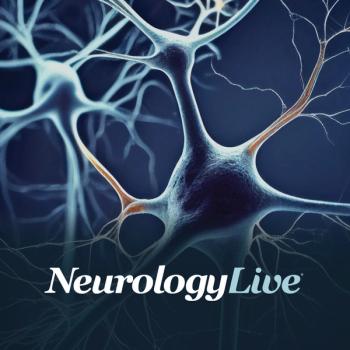
|Slideshows|March 26, 2018
Comparing the Safety of Antiepilepsy Drugs in Pregnancy
Author(s)Veronica Hackethal, MD
What are the risks of birth defects and perinatal outcomes for infants exposed to various AEDs in utero?
Advertisement
Newsletter
Keep your finger on the pulse of neurology—subscribe to NeurologyLive for expert interviews, new data, and breakthrough treatment updates.
Advertisement
Latest CME
Advertisement
Advertisement
Trending on NeurologyLive - Clinical Neurology News and Neurology Expert Insights
1
CTAD Presentation Lays Insights Into Disappointing Phase 3 EVOKE Trial of GLP-1 Semaglutide in Alzheimer Disease
2
Additional Insights From the U.S. POINTER Study at CTAD 2025: Heather M. Snyder, PhD
3
New Clarity AD Analysis Reveal How Lecanemab Engages and Clears Neurotoxic Protofibrils in Alzheimer Disease
4
Merck’s Novel Antibody MK-2214 Receives FDA Fast-Track Designation Following Phase 1 Results
5


































